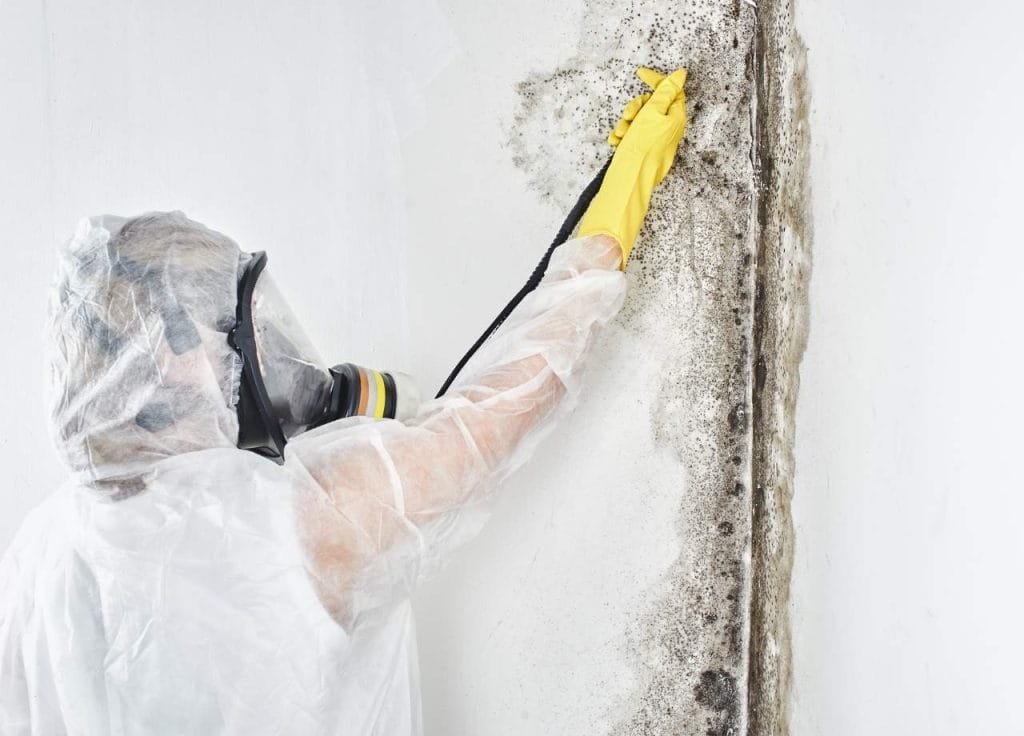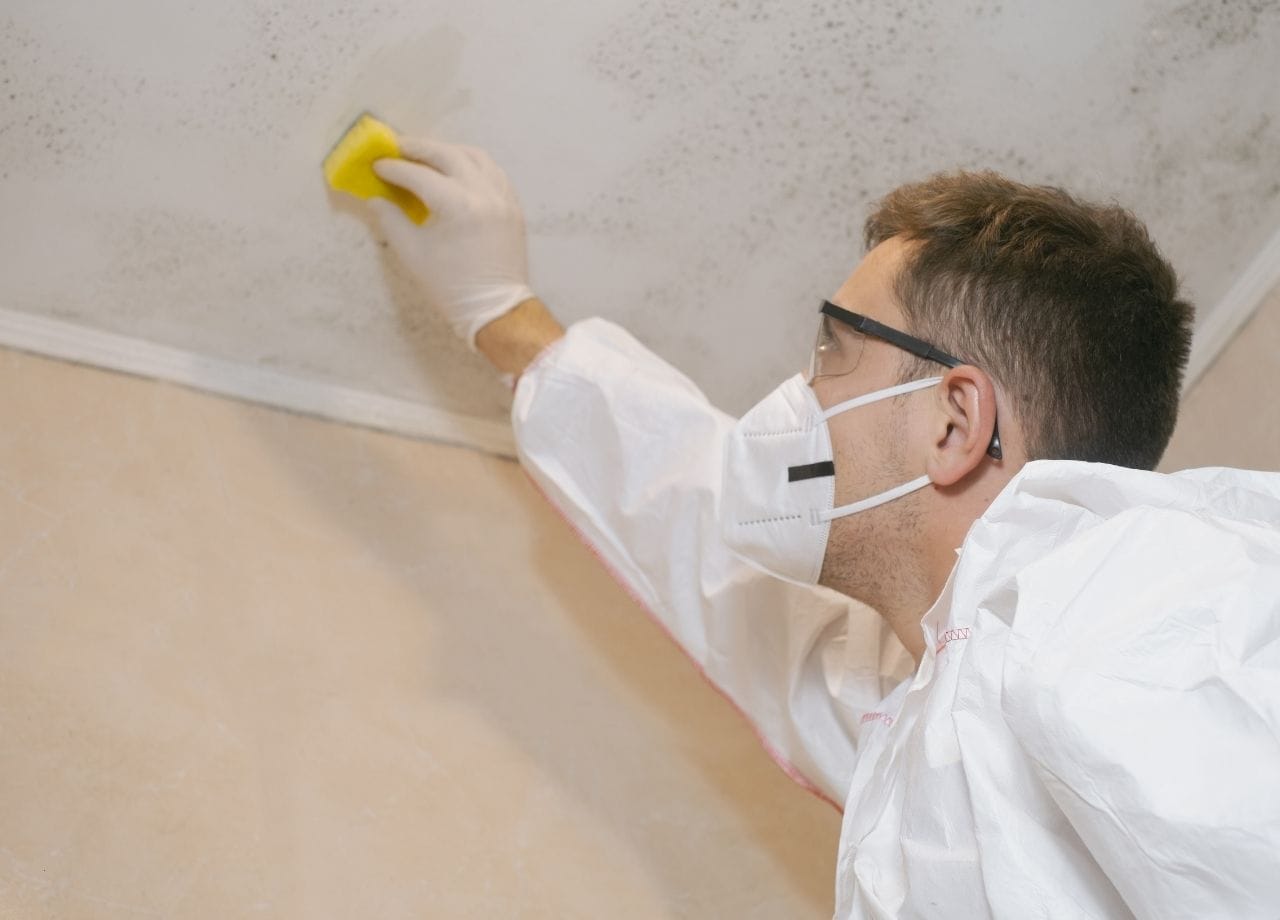When people hear the term “biohazard cleanup,” they often think of crime scenes and television dramas. In reality, the work covers a much broader range of situations, and it requires a very specific set of skills, safety standards, and certifications. Biohazards refer to biological substances that pose a risk to human health. These can include blood, bodily fluids, sewage, animal waste, mold, and even certain chemicals that carry pathogens or contaminants.
At First Coast Contracting, our team has years of experience handling these kinds of emergencies, always with safety and compliance as the highest priorities. Homeowners, business owners, and property managers in Jacksonville, St. Augustine, and surrounding areas sometimes don’t realize when they’re facing a biohazard risk, which can delay the proper response and lead to larger problems. That’s why it’s important to understand what biohazard cleanup involves, when it’s necessary, and why professionals are essential for the job.
Table of Contents
Defining Biohazards and Their Risks
A biohazard is any biological material that can cause harm to living organisms. In homes and businesses, these hazards often appear after accidents, medical emergencies, violent crimes, or natural disasters. They are not always obvious. Something as common as contaminated floodwater or a pet infestation can carry harmful bacteria and viruses that spread quickly if not handled correctly.
The danger is not limited to immediate exposure. Some pathogens can remain active on surfaces for days or even weeks. Mold spores, for example, can continue spreading long after a water leak is stopped. Improper handling of blood or bodily fluids can transmit serious illnesses, including hepatitis and HIV. Because of these risks, biohazard cleanup is strictly regulated by state and federal standards, particularly OSHA (Occupational Safety and Health Administration) and EPA guidelines.
Situations That Require Biohazard Cleanup
Biohazard cleanup isn’t just for rare or extreme cases. Many everyday emergencies create conditions that fall under this category.
Crime and Trauma Scenes
Incidents involving violent crimes, accidents, or unattended deaths often leave behind blood and bodily fluids. Families and property managers should never attempt to clean these areas themselves, both because of the health risks and the emotional weight involved. Professional cleanup ensures complete disinfection and restores the space with dignity and respect.
Sewage Backups
When sewage lines back up, the wastewater is considered highly hazardous. It carries bacteria, parasites, and viruses that can spread through contact or even inhalation. Cleanup requires protective gear, specialized equipment, and proper disposal methods.
Flooding and Water Damage
Not all water damage qualifies as biohazard, but when the water is classified as “black water”—typically from floods, rising groundwater, or sewage contamination—it is considered dangerous.

Black water cleanup involves thorough drying, sanitizing, and often replacing structural materials that cannot be safely restored.
Mold Infestations
Mold is one of the most underestimated biohazards in homes and businesses. Certain species release spores that affect respiratory health and aggravate existing conditions like asthma. Mold cleanup goes beyond surface scrubbing; it often requires containment, air filtration, and removal of affected materials.
Hoarding Situations
Severe hoarding can create biohazard conditions. Decomposing food, animal waste, and hidden mold growth all contribute to unsafe living environments. Professional cleanup in these situations focuses not only on removal but also on restoring sanitation.
Medical Waste
Sharps, contaminated dressings, and other medical waste must be handled with strict disposal protocols. Improper handling can spread infections to others in the property or even the community.
The Process of Biohazard Cleanup
Biohazard cleanup is not the same as standard cleaning. It is a structured process that requires training, specialized equipment, and regulatory compliance. Each situation is unique, but most follow a general sequence:
Assessment and Planning
Technicians begin by evaluating the scene, identifying all affected areas, and determining the level of contamination. This step often involves moisture meters, infrared cameras, and other tools to detect hidden hazards.
Securing the Area
Containment is critical to prevent cross-contamination. Professionals use plastic sheeting, negative air machines, and restricted access protocols to control exposure.
Personal Protective Equipment (PPE)
Cleanup crews wear full protective gear, including respirators, gloves, and suits designed to resist fluid penetration.
Removal of Contaminated Materials
Items that cannot be safely cleaned, such as carpeting, upholstery, or drywall, are removed and disposed of in compliance with hazardous waste regulations.
Cleaning and Disinfection
Specialized cleaning agents are used to eliminate pathogens. High-touch surfaces, porous materials, and air systems are all treated to reduce risks.
Restoration and Verification
Once cleaning is complete, the area may require structural repairs or cosmetic restoration. Some companies also conduct ATP (adenosine triphosphate) testing to confirm surfaces are free of biological contaminants.
Why Professional Help Is Essential
Attempting to handle biohazard cleanup without training or equipment is dangerous. Household cleaning products are not designed to neutralize the full range of pathogens. In many cases, scrubbing or vacuuming contaminated areas only spreads the problem further.
Professional cleanup crews not only remove the visible mess but also target microscopic risks. They follow strict disposal guidelines, ensuring contaminated materials do not end up in regular trash streams. They are also trained to manage emotional sensitivity in cases involving trauma, treating the situation with the discretion and respect it requires.
Another critical factor is insurance. Many homeowner and business insurance policies cover biohazard cleanup, but coverage often requires professional documentation and proof of proper remediation. Attempting a do-it-yourself cleanup could void coverage and leave property owners with unexpected costs.
The Cost of Ignoring Biohazards
Failing to address biohazards quickly can create long-term problems. Mold left untreated after a flood can spread behind walls, requiring extensive demolition later. Bloodborne pathogens that are not thoroughly eliminated can expose future occupants to infection. Sewage backup that is inadequately cleaned can compromise entire plumbing systems and leave lingering odors that lower property value.

The financial costs of delayed cleanup often far exceed the expense of hiring professionals right away. More importantly, the health risks for residents, employees, or customers can be severe. Ignoring biohazards is never a safe option.
Legal and Regulatory Considerations
Biohazard cleanup is tightly regulated to protect both workers and the public. OSHA requires that anyone handling bloodborne pathogens receive specific training and vaccination. EPA regulations control how hazardous waste must be packaged, labeled, and transported. Local authorities may also have requirements for disposal, especially in medical or commercial settings.
Failure to comply with these regulations can result in fines and legal consequences. Professional cleanup companies stay current with these requirements, ensuring every job is handled legally and safely.
When Should You Call for Help?
If you are dealing with any of the following, it is time to call a biohazard cleanup specialist:
- Visible blood, bodily fluids, or medical waste
- Sewage backups or flooding from unsanitary sources
- Mold growth larger than ten square feet or spreading through HVAC systems
- Hoarding situations involving waste or animal contamination
- Deaths or accidents on a property
- Any situation where you are uncertain about potential health risks
If there is doubt, it is better to have the situation assessed by professionals rather than risk exposure.
Final Thoughts
Biohazard cleanup is not just about restoring a property—it is about protecting health, ensuring safety, and complying with regulations designed to keep communities safe. Whether the hazard is sewage in a basement, mold behind walls, or bloodborne pathogens after an emergency, these situations require specialized skills and tools.
For homeowners and businesses in Northeast Florida, understanding when to call for professional help can prevent long-term damage and reduce risks to everyone who enters the space.


